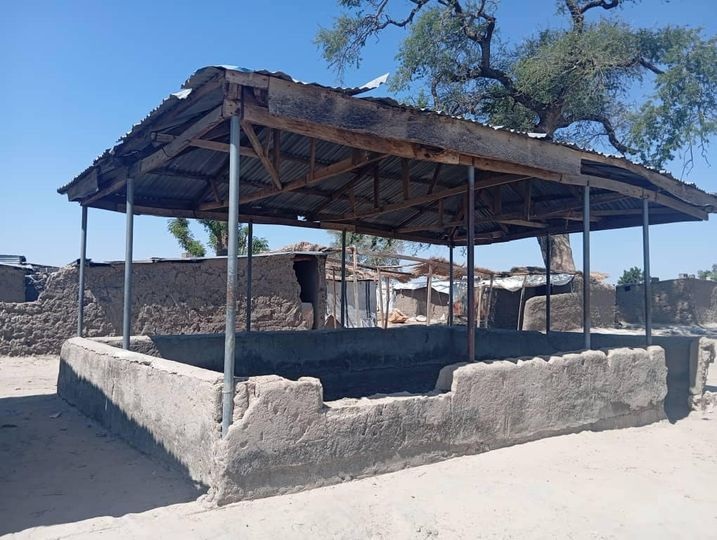
BREAKING THE CYCLE OF WASTE: ADDRESSING ROOT CAUSES IN PROTRACTED EMERGENCIES - LESSONS FROM NORTHEAST NIGERIA
Professor Christopher Chinedumuije, PhD, FBU
Professor of Disaster Management & Humanitarian Studies
ABSTRACT
“When an emergency/conflict becomes too protracted, the greater chunk of interventions become a cycle of waste”.
This paper explores the critical issue of protracted emergencies and their tendency to perpetuate wasteful intervention cycles when the underlying causes remain unaddressed. Northeast Nigeria, with its extended insurgency and humanitarian challenges, serves as a case study to illustrate how humanitarian aid efforts often fall into this cycle of waste. Using real-life scenarios from the region, we underscore the need for a shift in focus—away from immediate relief and toward addressing the root causes of prolonged crises. Only through this approach can humanitarian assistance create sustainable and lasting change, moving us closer to “A Better Humanity.”
INTRODUCTION
In humanitarian settings, protracted crises—characterized by prolonged instability and recurring emergencies—pose unique challenges. Northeast Nigeria exemplifies this issue, where years of conflict, displacement, and poverty have led to substantial humanitarian investments without achieving sustained stability or resilience. When interventions focus solely on short-term relief, resources become trapped in cycles of dependency, ultimately failing to bring lasting improvement to affected communities.
Real-life scenarios from Northeast Nigeria reveal the practical implications of these repeated interventions, highlighting both the necessity of and challenges to shifting from relief-focused to root-cause-focused approaches.
NORTHEAST NIGERIA: A CASE STUDY OF PROTRACTED CONFLICT.
Since the insurgency in Northeast Nigeria began, the region has been locked in a cycle of displacement, hunger, and deprivation. With a population reliant on humanitarian assistance for basic needs, the humanitarian footprint in the region has grown significantly. However, the long-standing nature of the crisis means that aid efforts often lack the transformative power needed to build resilience and self-sufficiency.
REAL-LIFE SCENERIO I: RECURRENT DISPLACEMENT
Communities in towns like Baga and Gwoza have faced repeated displacements due to insurgent attacks and ongoing insecurity. Families move from one internally displaced persons (IDP) camp to another, depending on where aid is accessible, often leaving behind whatever meager assets they may have acquired. This constant disruption makes it nearly impossible for residents to establish any form of stability or long-term livelihood. Aid interventions remain limited to providing temporary shelter and food, which, while essential, offer no path to permanent resettlement or community recovery.
REAL-LIFE SCENERIO II: EDUCATION INTERRUPTED
In the face of prolonged conflict, children in the Northeast have had sporadic access to education. Schools in communities like Damasak have been targets of insurgent attacks, leading to school closures and an educational crisis. Despite efforts by humanitarian organizations to establish temporary learning spaces in IDP camps, frequent relocations and limited resources have led to interrupted education, with many children unable to acquire even basic literacy and numeracy skills. By prioritizing emergency education responses without tackling the insecurity, these interventions merely delay but do not resolve the educational challenges in the region.
CYCLES OF WASTE IN PROTRACTED EMERGENCIES
When emergencies drag on, short-term interventions often become cyclical. Recurrent distributions of food, temporary shelter setups, and transient healthcare services, though crucial, cannot replace the stability necessary for rebuilding lives. Without initiatives targeting the conflict’s root causes, these efforts risk perpetuating a dependence on aid rather than enabling a pathway to recovery.
REAL-LIFE SCENARIO III: SEASONAL FOOD INSECURITY
In communities like Banki and Dikwa, food distributions become almost seasonal, with humanitarian agencies planning responses around predictable hunger periods. Every year, agencies distribute food parcels that address immediate hunger but fail to mitigate chronic food insecurity. Meanwhile, the local agricultural sector remains largely undeveloped due to ongoing insecurity, leaving communities with few viable means to produce their own food. This reliance on external food supplies exemplifies how humanitarian aid, though essential, becomes a repetitive cycle when underlying issues such as land access and security remain unaddressed.
REAL-LIFE SCENARIO IV: HEALTH AND DISEASE MANAGEMENT
IDP camps in Mafa, Konduga and Monguno experience frequent outbreaks of waterborne diseases, particularly cholera, due to inadequate water and sanitation facilities. Every year, humanitarian organizations deploy resources to control outbreaks, investing in treatment, water purification tablets, and hygiene promotion. However, with recurring outbreaks and little improvement in camp infrastructure, these health interventions are ultimately cyclical. Addressing the root issues—such as sustainable water systems, improved sanitation infrastructure, and increased capacity for local healthcare—would prevent disease outbreaks from becoming annual crises, thereby improving long-term health outcomes for these communities.
ADDRESSING ROOT CAUSES: A PATHWAY TO SUSTAINABLE IMPACT
To move beyond these cycles of dependency, humanitarian efforts must address the structural causes of protracted crises. For Northeast Nigeria, sustainable impact requires a holistic approach that targets insecurity, economic instability, limited access to services, and social cohesion.
1. SECURITY AND STABILITY INITIATIVES:
Stabilizing the region is a prerequisite for sustainable recovery. Collaborative peacebuilding efforts with local authorities, community leaders, and international stakeholders are necessary to foster trust and promote peaceful coexistence.
• EXAMPLE: The strengthening of and providing adequate support for community-based security models, such as civilian joint task forces, could enhance local security while creating opportunities for residents to take active roles in maintaining peace.
2. ECONOMIC EMPOWERMENT AND LIVELIHOODS:
Building livelihood opportunities can reduce dependency and encourage self-sufficiency. Initiatives like skills training, access to microfinance, and the establishment of local markets empower communities to rebuild and sustain themselves.
• EXAMPLE: The Borno State government, in partnership with NGOs, launched a vocational training program in Maiduguri that trains youths in trades such as tailoring, carpentry, and ICT. Trainees are supported with start-up tools and capital, creating local employment and reducing reliance on external aid.
3. IMPROVED EDUCATIONAL ACCESS AND QUALITY:
Sustainable education solutions, such as distance learning programs or mobile schools, allow children to continue learning despite frequent displacement. Local teachers should be trained and equipped to teach under protracted emergency conditions, enabling education continuity.
• EXAMPLE: A mobile school initiative in Adamawa enables children in IDP camps to receive an education. Supported by solar-powered devices and offline learning resources, this project provides continuity and prepares students for eventual reintegration into formal schooling systems.
4. STRENGTHENING GOVERNANCE AND LOCAL INFRASTRUCTURE:
Engaging local governments and empowering them to manage resources effectively is critical for sustainable crisis response. Investments in local infrastructure, including roads, healthcare facilities, and water systems, promote resilience and community self-reliance.
• EXAMPLE: A public-private initiative in Biu focused on developing water infrastructure and expanding healthcare access, reducing disease outbreaks and improving health outcomes for the community. This localized approach builds trust in local government, helping residents see a future beyond humanitarian aid.
THE ROLE OF HUMANITY ORGANIZATIONS: REAL-LIFE APPLICATIONS
Humanitarian organizations can support this shift by adopting approaches that emphasize local empowerment and resilience building. The transition from relief-centered aid to development-oriented support enables communities to break free from cycles of dependency.
REAL-LIFE SCENERIO: COLLABORATIVE HUMANITARIAN-DEVELOPMENT INTERVENTIONS
In Borno State, a humanitarian consortium introduced a program integrating emergency relief with development initiatives. This program provides emergency food aid while also supporting farmers with seeds, tools, and training. Over time, many recipients transitioned from food aid dependency to self-sustaining agricultural practices, creating a model for sustainable aid that addresses immediate needs while promoting independence.
ENDNOTES
Humanitarian interventions in protracted crises like Northeast Nigeria’s must evolve to break the cycles of dependency that short-term relief perpetuates. Real-life scenarios from the region illustrate the limitations of repetitive aid and underscore the urgency of addressing root causes to enable sustainable, resilient communities. By focusing on security, economic development, education, and local governance, we can foster environments where communities become self-reliant and empowered.
Humanitarian organizations, governments, and stakeholders must ask themselves if their efforts reinforce dependency or foster resilience. Shifting toward root-cause-driven interventions can bring us closer to a world where aid catalyzes stability, growth, and “A Better Humanity.”
A Better Humanity is Possible!
Professor Christopher Chinedumuije, PhD, FBU
Professor of Disaster Management & Humanitarian Studies.



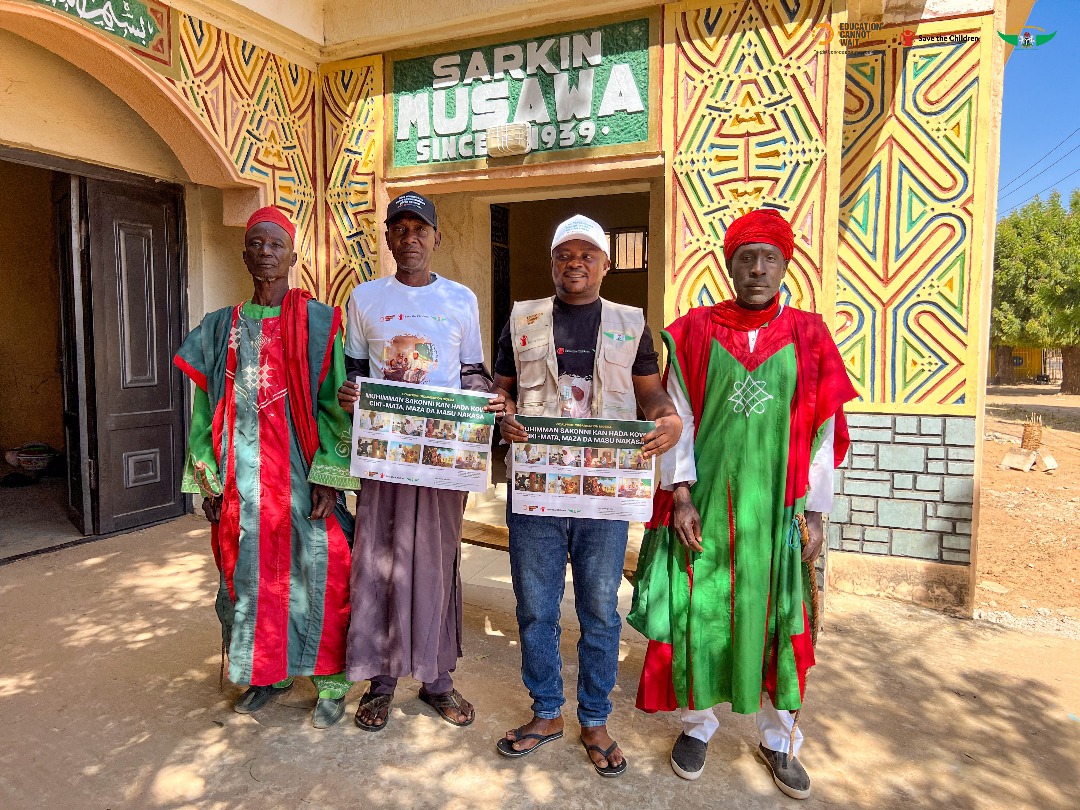
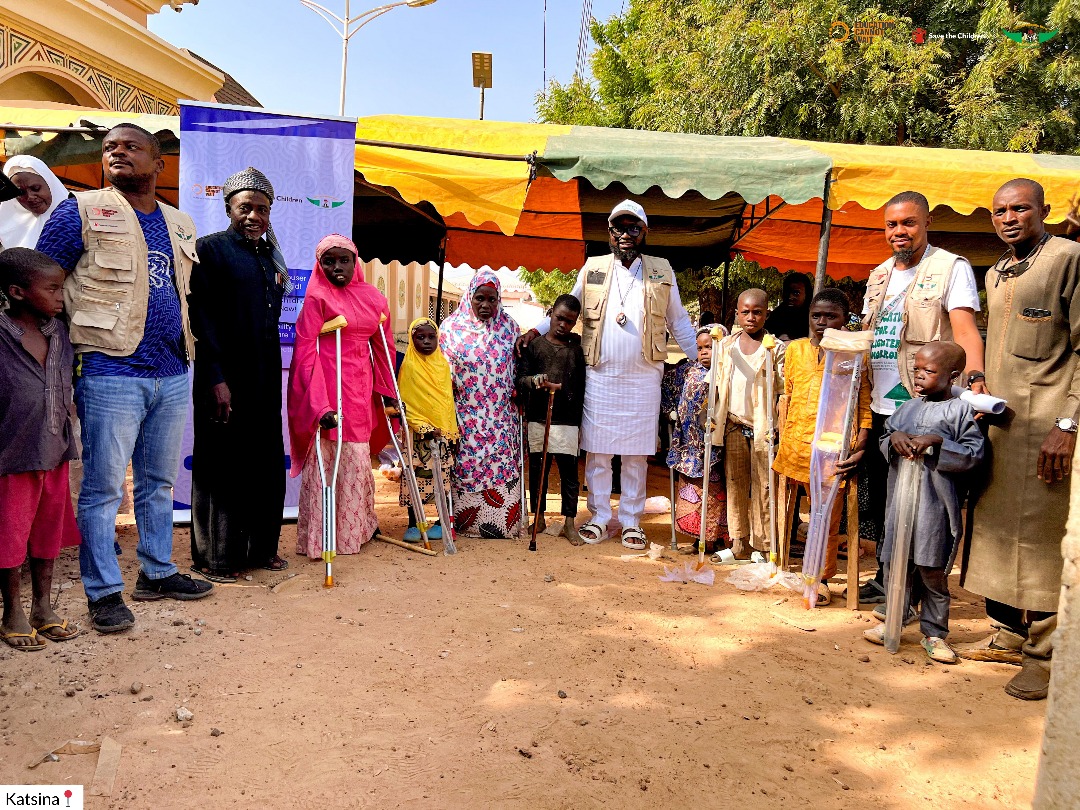
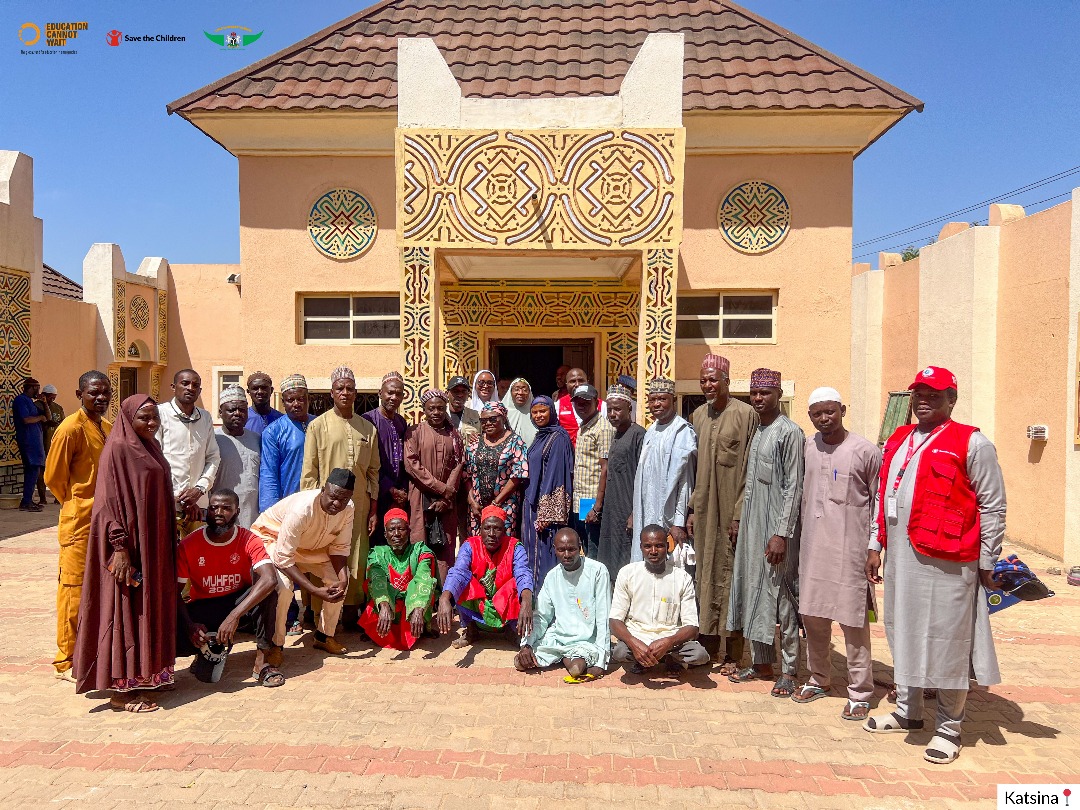
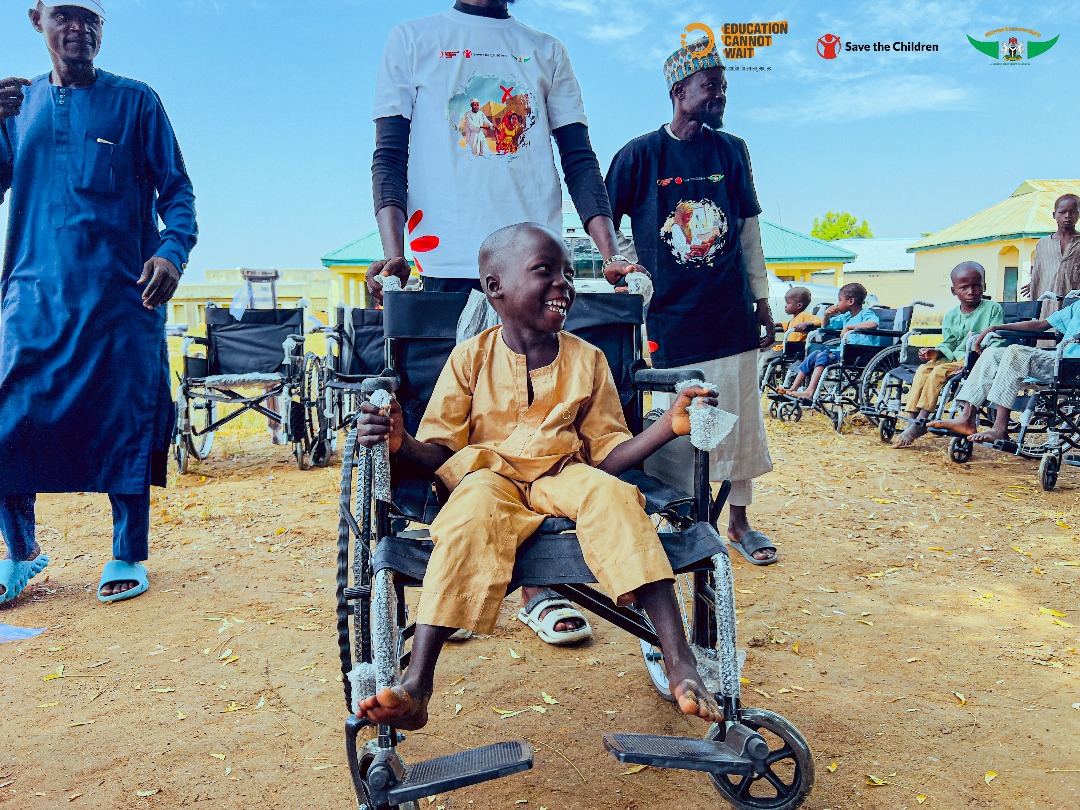
Add Comment